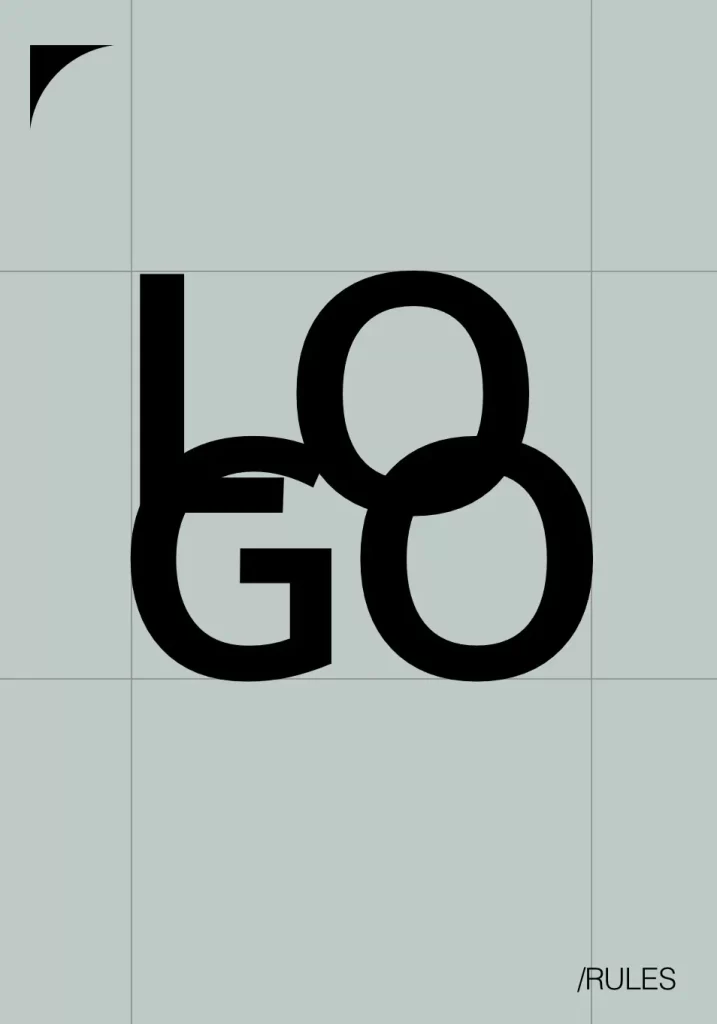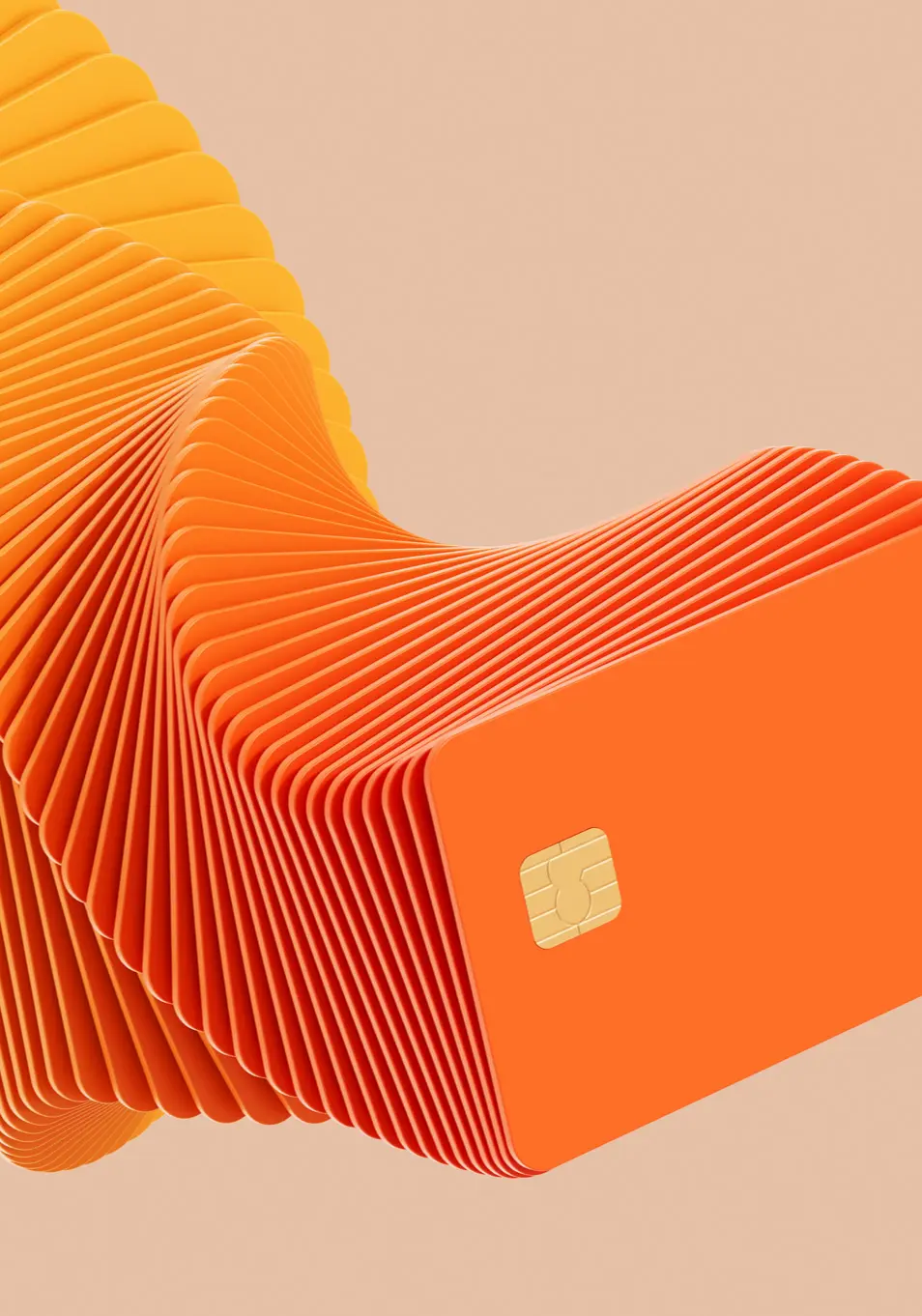Outline of the Article
- Introduction
- Importance of logo design
- Brief overview of factors to consider
- Understanding Your Brand Identity
- Defining your brand
- Identifying target audience
- Simplicity and Memorability
- Importance of simplicity in logo design
- Creating a memorable logo
- Versatility and Scalability
- Ensuring the logo looks good in various sizes
- Compatibility with different mediums
- Color Selection
- Psychological impact of colors
- Choosing colors that represent your brand
- Typography
- Selecting appropriate fonts
- Ensuring readability and uniqueness
- Relevance and Timelessness
- Reflecting your brand’s values and message
- Avoiding trends that may quickly become outdated
- Originality
- Avoiding plagiarism and copyright issues
- Conducting thorough research to ensure uniqueness
- Adaptability for Multiple Platforms
- Ensuring the logo works well across different digital platforms
- Compatibility with social media profiles and websites
- Feedback and Iteration
- Seeking feedback from stakeholders and target audience
- Iterating based on feedback to refine the design
- Professionalism
- Hiring a professional designer or agency
- Importance of quality in logo design
- Budget Considerations
- Setting a realistic budget for logo design
- Understanding the value of investing in a quality logo
- Conclusion
- Recap of key factors to consider when designing a new logo
- FAQs
- What software can I use to design my logo?
- How long does it typically take to design a logo?
- Can I design my logo myself if I’m not a designer?
- What file formats should I receive my logo in?
- How often should I update my logo?
Introduction:
Designing a logo is a crucial step in establishing your brand identity. Your logo is often the first thing customers notice about your business, making it essential to get it right. This article will explore 12 key factors to consider when creating a new logo.
Understanding Your Brand Identity:
Before starting the design process, it’s essential to have a clear understanding of your brand identity. Define what your brand stands for and who your target audience is. Your logo should reflect these aspects of your brand to resonate effectively with your audience.
Simplicity and Memorability:
One of the most crucial aspects of logo design is simplicity. A simple yet memorable logo is more likely to be recognized and remembered by customers. Avoid clutter and unnecessary complexity to ensure your logo leaves a lasting impression.
“Brush up on colors and their associated emotions to make sure you nail the mood and tone of your brand.”
Versatility and Scalability:
Your logo should look good across various sizes and mediums, from business cards to billboards. Ensure that the design is scalable without losing its visual appeal. Additionally, consider how your logo will appear in black and white or grayscale to maintain its versatility.
Color Selection:
Colors play a significant role in evoking emotions and conveying messages. Choose colors that align with your brand’s personality and appeal to your target audience. Consider the psychological impact of different colors and their associations with specific emotions.
Typography:
The fonts used in your logo should complement your brand’s identity and message. Select fonts that are legible and unique while reflecting your brand’s tone. Avoid using overly trendy or decorative fonts that may quickly become outdated.
Relevance and Timelessness:
Your logo should be relevant to your brand and industry while standing the test of time. Avoid following design trends that may fade quickly, opting for a timeless design that will remain relevant for years.
Originality:
Ensure that your logo is original and doesn’t infringe on any existing trademarks or copyrights. Conduct thorough research to avoid unintentional similarities with other logos. A unique logo will help your brand stand out and establish its own identity.
Adaptability for Multiple Platforms:
In today’s digital age, your logo will appear across various platforms and devices. Ensure that your logo is adaptable to different screen sizes and resolutions, maintaining its visual integrity across social media profiles, websites, and mobile devices.
Feedback and Iteration:
Seek feedback from stakeholders, including employees, customers, and industry experts, throughout the design process. Use this feedback to iterate and refine your logo design until it accurately represents your brand’s identity and resonates with your target audience.
Professionalism:
While it may be tempting to design your logo yourself, investing in a professional designer or agency can make a significant difference in the outcome. A professional designer will have the expertise and creativity to create a logo that effectively communicates your brand’s message and values.
Budget Considerations:
When budgeting for your logo design, consider it an investment in your brand’s future. While it’s essential to set a realistic budget, don’t compromise on quality. A well-designed logo can pay dividends in terms of brand recognition and customer loyalty.
Conclusion:
Designing a new logo requires careful consideration of various factors, from simplicity and memorability to relevance and professionalism. By taking the time to understand your brand identity and following these guidelines, you can create a logo that effectively communicates your brand’s message and resonates with your target audience.
FAQs:
- What software can I use to design my logo?
- How long does it typically take to design a logo?
- Can I design my logo myself if I’m not a designer?
- What file formats should I receive my logo in?
- How often should I update my logo?




